Making Global Sourcing Decisions
Debbie Weltin-Katzbeck, Global Head of Talent Acquisition, shares how TalentNeuron’s global labor market data drives critical sourcing and location strategy decisions at Jabil. In addition, Debbie compares her experience using TalentNeuron to other talent intelligence platforms.
How are you using TalentNeuron?
Primarily, it starts with our recruiting strategy meeting. It is used day to day as recruiters get new positions. They pull down TalentNeuron, for a self-service report for the position that they have open, and they take that to the recruiting strategy meeting with the hiring manager to help them understand how their requirements may or may not be on the mark for what they’re looking for and what talent is available in the marketplace. They can gauge if they have the right profile created and then where to send their search from there.
Our clients will come to us from time to time and say we need to put in a new site, is the talent there or do we have subject matter experts in say photonics or automated optical inspection machines? And we then leverage it to understand where the talent is. So, from the location platform, trying to identify where we can find that talent.
In some cases, there’s five people available with the skill sets we’re looking for. So, we really leverage the tool heavily to identify where and then if we should change it to remote or hybrid or keep it in a particular country.
The data informs our sourcing strategy for both the niche skills and the hourly workers because it tells us where the volumes of employees are, whether they’re high or low. So, for example, we have a large workforce going into North Carolina, we’re expanding and adding sites, and it’s an incredibly difficult area to find direct labor. There’s a lot of other competition out there, and it’s a very manual job that requires a lot of standing.
So, understanding from the marketplace what our competition is paying, where else our competition is hiring, so that we can get candidates to that site from a direct labor perspective is really important. Also, what benefits they’re offering. So, some of that EVP information is really important.
It also helps us if we’re off key, right? So, if I put in a senior manager position and we’re looking for eight years plus, and all of our competitors are looking for three to seven, it helps us to say, hey, we’re, we’re going after the wrong profile. We’re not going to find this person in that skillset.
How has TalentNeuron impacted your relationship with stakeholders?
So, TalentNeuron has been really impactful in our relationship with our business holders, because instead of going to them with anecdotal data, this is what we’re hearing when we talk to candidates, or this is what we’re seeing when we’re doing a search on whichever database it is, I’m actually able to go to them and say, this is what the market’s saying.
So, if you’re going to open a senior design engineer, on average, it’s going to take 98 days. So, you know, when you’re ramping with your client, let’s not say that we’re going to have this person there in 30 days. And so, it enables them to get an idea of when they can expect to fill the talent versus us always being behind the ramp.
How is TalentNeuron impacting your DEI strategy?
Utilizing the TalentNeuron data from the diversity report, we were able to see that in some of our top 10 profiles, gender diversity really was nonexistent in some cases. So, when we were on the corporate function side of it, human resources, legal finance, you could see a really nice balance of gender diversity.
But when you started to hit into our engineering profiles, The diversity just continued to drop, drop, drop, and to the one point one of our cloud engineers only offered nine percent ability to hire a female in that position.
So, we looked at that and said, how are we going to increase diversity of slate? We’re going to need to go to the organizations that provide the diversity. So, with the talent around TalentNeuron data, we went to the business and secured $150,000, approximately, to do diversity outreach and join organizations like NSBE (National Society of Black Engineers) and Society of Women Engineers and other organizations to expand our outreach.
Why TalentNeuron?
I have used all the different platforms and didn’t enjoy them: from MCU to LinkedIn Insights, Talent Insights, to TalentNeuron. I’ve been with several different companies. I’ve tried them all and always wanted to go back to TalentNeuron.
When I’ve used the other platforms, they didn’t give me all of the different features. One of the things I love right now about TalentNeuron’s location platform, is that it gives me unemployment, actual skill sets in the area. It gives me qualified number of people in the area, and not just the volume of population. For example, we were looking to determine if we should put a set of software analysts and where we should put them. And by using that unemployment data, we determined that while the supply and demand would be really great in Italy, it would be better for us from a cost perspective and from an ability to find the right talent to run it out of Poland. That’s just one of the examples. But I can’t get that same location analysis, skills, competition analysis from my competitor.
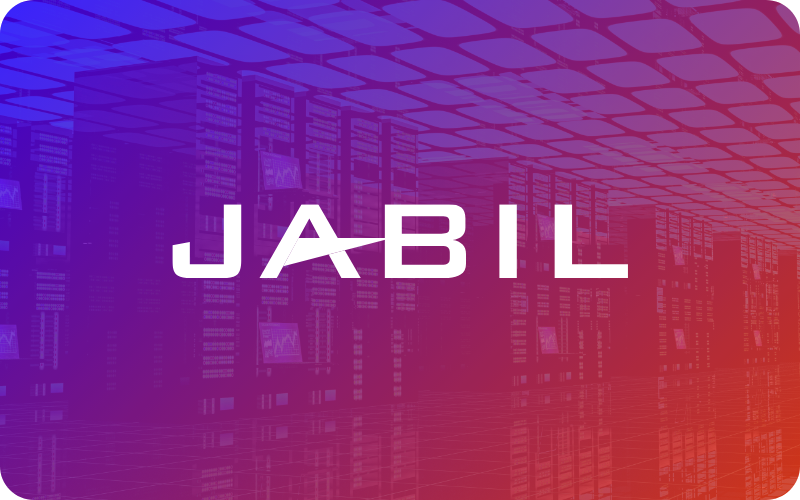

Hear from more clients
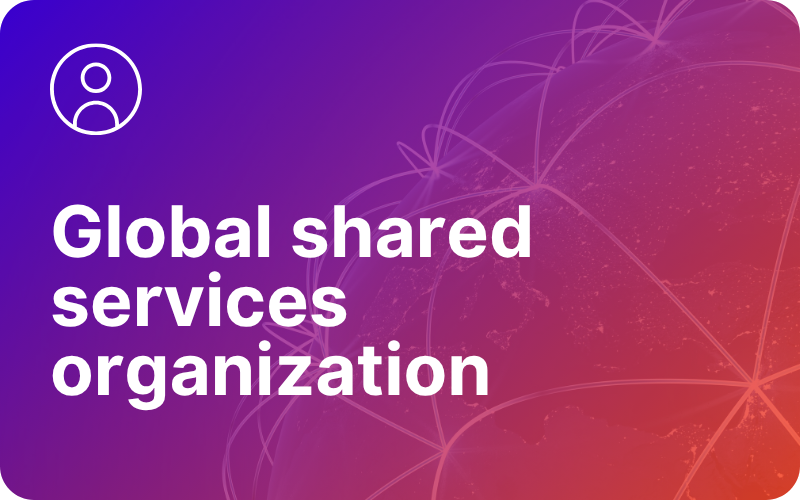
Global shared services organization

Labor market analysis for better location decisions

A global consulting firm

A global chemical company

Lufthansa
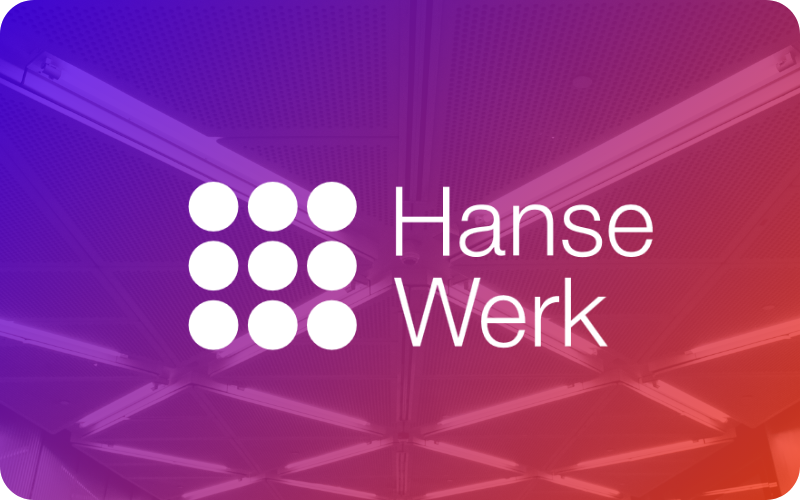
Using macro-economic insights to improve recruiting and talent development strategy

Empowering Economic Mobility with Data-Driven Insights
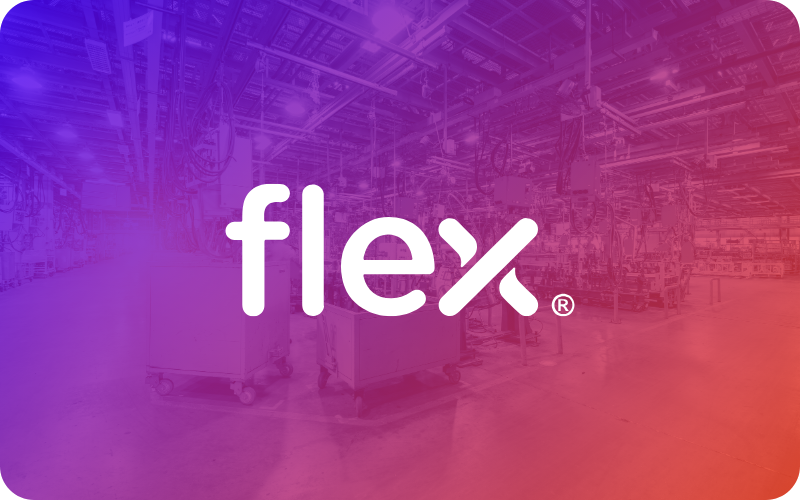
Unlocking Workforce Insights for Smarter Hiring
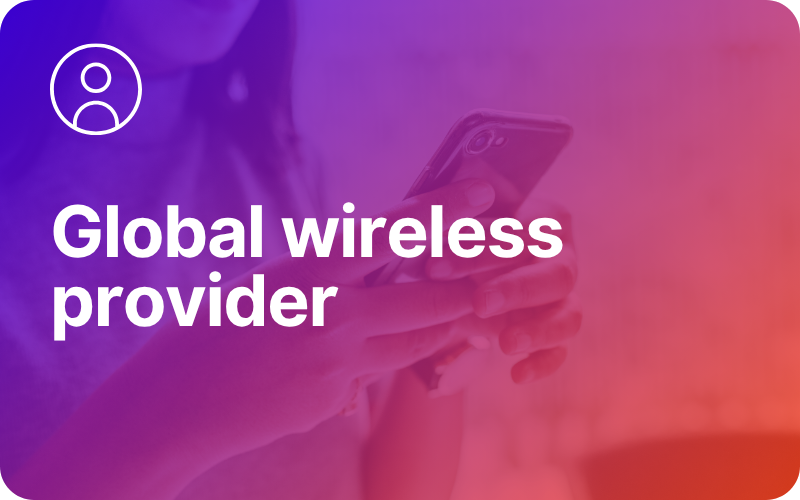
Leveraging Automation and Scalability to Surface Strategic Labor Data
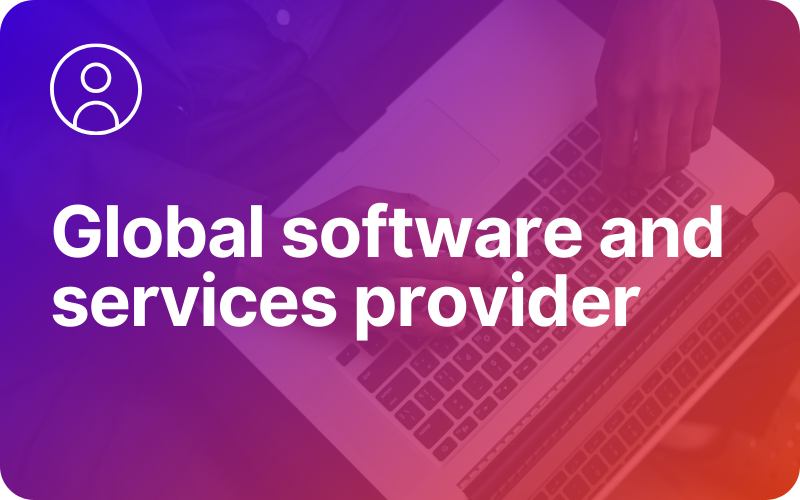
Driving smarter hiring strategies with comprehensive talent intelligence

Solving Healthcare Hiring Challenges

Integrating Labor Market Data Into the Recruiting Workflow
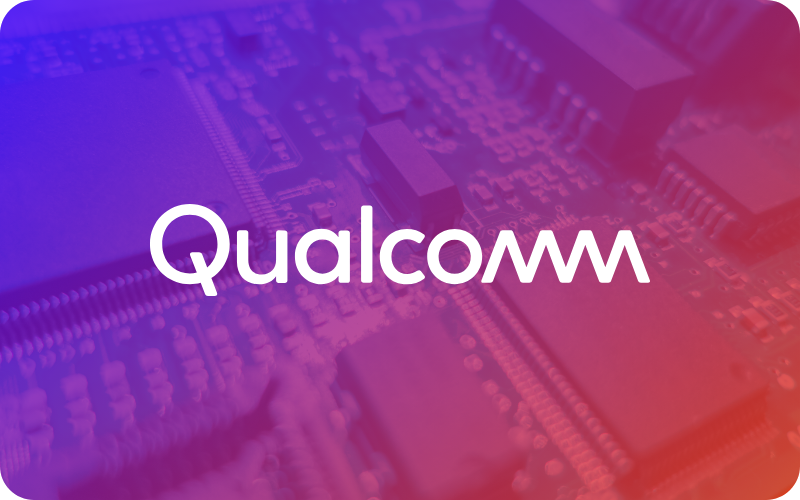
Prepare for the Future of Work
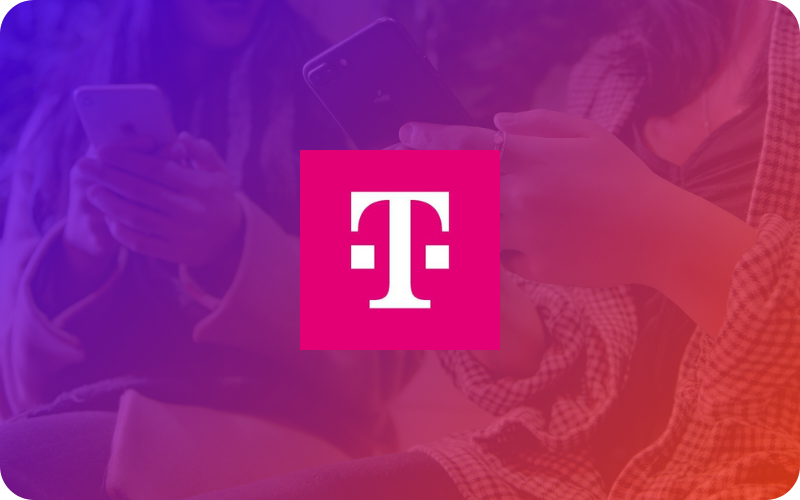
Sourcing Candidates Strategically

Discover Your Labor Market Competitors
Build a data-backed talent strategy
See how HR leaders and their teams use TalentNeuron’s labor market analytics to make smarter, faster workforce decisions.





